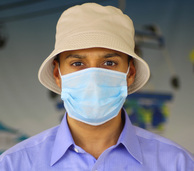|
Very proud of the staff at the Hyatt Regency Kathmandu, which has been recognized by the World Travel Awards as Nepal’s leading hotel in 2016 in a recent event held in Vietnam.
Sinead O’Reilly Henell, General Manager at the hotel said, “We are excited to be recognized as Nepal’s leading hotel 2016 and will continue to strive to be the preferred brand in the hospitality industry. Also, we feel humbled by this honor and do attribute it to the continued dedication of our associates, love and affection extended by our guests and partners and the support of our Hyatt™ family. ” I had the pleasure of staying at this fine property in August 2015, and I hope to be back soon. I do miss Nepal a lot- especially the beautiful temples and scenary.  New Delhi IGI Airport, as seen from 40,000 feet en-route from Kathmandu to Muscat @Oman Air. This is the closest I have got to India since my last trip in 1998! Usually I keep my eyes closed when the plane goes over India...but this time I couldn't resist taking a photo of New Delhi!: Photo Copyright Navjot Singh  Two hours of bumping my head against the car ceiling...plus inhaling the black exhaust fumes from the trucks/buses in front...and the constant barrage of useless tooting of the horns...and listening to Nepali music that I couldn't understand...and my driver wobbling his head and singing to the tunes of the music...what an amazing experience! Oh and no seat belt...with all that, I'm amazed I didn't feel sick...: Photo Copyright Navjot Singh  Pedal power is not far behind either. With the strength of rickshaw drivers in South Asia (some of these guys carry upto 6 people crammed onto one of these, and that sometimes up a hill, too!), I'm baffled as to why India, Nepal or even Bangladesh hasn't provided a cycling star! If anyone of these rickshaw drivers had a bit of training, I'd say the likes of Sir Bradley Wiggins would be up against some serious competition: Photo Copyright Navjot Singh  Narayanhiti Palace, or Narayanhiti Durbar is a palace in Kathmandu, which long served as residence and principal workplace of the reigning Monarch of Kingdom of Nepal. Nowadays it is a museum. No cameras or phones are allowed inside, hence why I could not share any photos here: Photo Copyright Navjot Singh 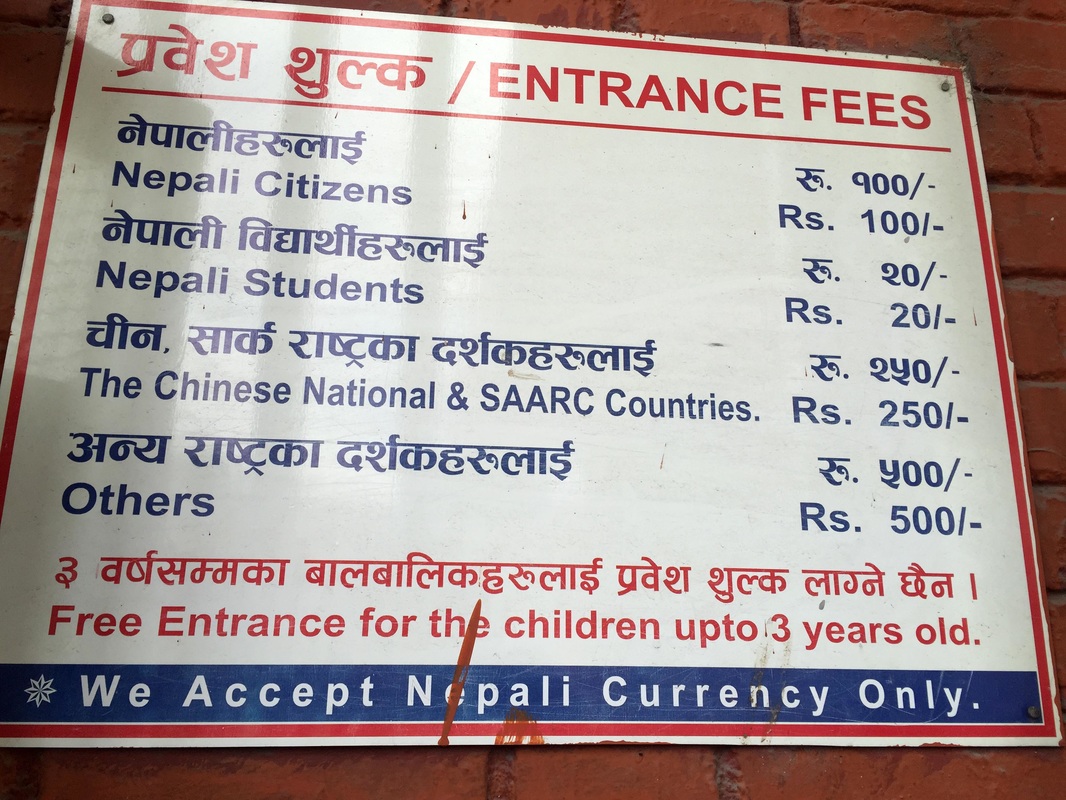 OK, so there is a hierarchical system for getting tickets to tourist sites...Foreigners are charged five times as much as locals and twice as much as the Chinese and the Indians...try that in London -they'd be apoplectic! I think we should adopt the procedure in ALL countries. It's only fair that entry fees should reflect affordability for all: Photo Copyright Navjot Singh With the city still recovering from the aftermath of the earthquakes in April, the consequences of the tragic events are somewhat visible on the streets of Kathmandu. The Hyatt Regency hotel, located only a stone throw away from the Boudhanath Stupa - the most holy of all Tibetan Buddhist shrines outside of Tibet, and a UNESCO World Heritage Site, was quieter than it should have been for this time of the year. During my visit, it came across to me that the majority of the occupants were not entirely tourists (as one would expect), but rather were airline crew on their layovers, diplomats from various NGOs and governments that were helping out with the relief of the earthquake disaster, and some corporate individuals.
You only have to venture for about two-minutes to see the stark contrasts between the reality of Kathmandu on the outside and the beautiful ivory towers that the hotel’s guests enjoy. As one sits in the Club Lounge, sipping their masala chai, they get to witness the damaged roof of the Boudhanath Stupa. Indeed, most of the hotel’s 280 rooms and suites enjoy views of either the Boudhanath Stupa or the lush gardens and the surrounding mountain ranges (provided it is a clear day). What I found particularly sad was the sight of witnessing a massive refugee camp located right next to the grounds of the Hyatt Regency. The camp is for those displaced from the earthquake, financed by the United Nations and the Red Cross. It is all fair for me to comment on the fact that all the rooms and suites at the Hyatt Regency are well-equipped and generously spacious with a private bathroom, a walk-in rainforest shower, an in-room safe and a mini-bar. At first glance, the rooms seem enormous – you end up feeling like a king! Those fortunate enough to stay in Regency Club rooms and suites get to enjoy additional privileges and facilities, such as the boardroom meeting space usage, a dedicated concierge and evening happy hours where they can indulge in drinking countless amounts of Gin and Tonic while feeling like Royalty- the place almost has somewhat of a Colonial era feel to it. I managed to bump into some amazing personalities, whom now I’ve become good friends with. Most of the Spa treatments I’ve experienced have been in five-star hotels in China, Malta, Dubai, Turkey and other parts of SE Asia, and every time I have been highly impressed by the professionalism and high-quality of the spa facilities. I must say that the Spa facilities at the Hyatt Regency’s Club Oasis surpassed by expectations – it really is world-class here. Then there are also the spanking clean tennis courts and an indoor 1.6 km (0.9 mile) jogging track. And how about the food? Well, if you’ve come to Nepal and haven’t tried the traditional Nepalese ‘Thali’, then you’re obviously missing a lot. The Hyatt Regency serves one of the best non-Western authentic meals I’ve had: stuffed parathas, lunches of Nepalese thali on the lawns and suppers of local-river sole cooked in mustard oil and fenugreek amid gilded splendour. The staff are always greeting with a genuine smile, the swimming pool awaits – it looks more beautiful when the weather is clear and you can see the magnificent hills in the background and all is well with the world. The Hyatt Regency could be your own palace for a night, two nights, a week, or even for two months as my friend from the American government. Whatever the reason and however long you stay, there is no doubt that this is a thrilling place which is nothing short of being a heaven for the senses in beautiful Kathmandu. I’m sure I will come back soon. On April 25, 2015 at 11.56am local time, a powerful earthquake measuring 7.8 on the Richter scale, and killed over 9,000 people and injured more than 23,000. It was the worst natural disaster to strike Nepal since the 1934 Nepal–Bihar earthquake. The first quake's epicenter was identified at a distance of around 80km to the northwest of Kathmandu, the capital of Nepal. Bharatpur was the nearest major city to the main earthquake, 53 km (33 mi) from the epicenter. Another earthquake struck on the 12th of May, measuring 7.3 on the Richter scale. It occurred 65 km (40 mi) east of Kathmandu and its seismic focus lay at a depth of 10 km (6.2 mi) below the earth's surface. More than 200 people were killed and more than 2,500 were injured by this aftershock. Over thirty-eight aftershocks of magnitude 4.5 Mw or greater occurred in the days following the initial earthquakes. It is common for aftershocks to happen for up to a year after the initial earthquake, and they gradually become less powerful as time goes on. According to experts, the real danger lies if you don't suffer any aftershocks. Three months after the earthquake, in the early part of August, I went to Kathmandu to see for myself the destruction that had been caused. What I can from initial observations was that despite the city losing much of the infrastructure, it wasn't all doom and gloom as the media had initially reported. Yes, the major sights of significance were destroyed (some were sadly completely demolished beyond any way for repair, especially in places such as Patan Durbar, Durbar Square and Bhaktapur town on the outskirts of Kathmandu). Thankfully, it is not on the same scale as some other global disasters as in Haiti or the aftermath of what the world saw after Hurricane Katrina. Remarkably, the Nepalese people, being the strong, warm and kind heartened people they are, seem to be going on their everyday lives without a major concern. Despite the destruction, the city of Kathmandu is very safe and very open for tourism. I spoke to a few Western women and they told me that they felt much safer walking at night in Kathmandu than walking during the daytime in some other cities around the world, including London. In my experience, during my week in Kathmandu, I never once came across a Nepalese person haggling me, or forcing me to buy anything or following me around. To my surprise most people speak good enough English to get by and came across as very humbling. During my stay, I became good friends with an American diplomat who works in the Obama Administration. One of the questions that came up during our many long conversation was, "Are the people at the ground level in Kathmandu getting all the money that the relief agencies promised they would deliver?". There is no doubt that helicopters belonging to the UN World Food Program (WFP) deliver food and vital medical equipment to those living in the remote mountainous regions, and seeing around the city it is obvious that the Red Cross and the United Nations (specifically from neighboring China and India) have provided temporarily shelters scattered across parts of the city. Nevertheless, when you take a walk across the dusty lanes of the city, it is clear to see that there are people that are rebuilding their own homes by themselves and with no help from any government agencies. Yet, remarkably they are not complaining. Whether they should or not is not a debate I'm going to garnish my thoughts upon. It goes without saying that sometimes the media (especially the tabloids), don't always tell the truth. The sad part is that while news is about getting the message to the masses...it is all business at the end of the day...they all want stories that can generate the most click rates and viewer numbers. That's what has gone wrong with the media industry everywhere. Real stories are seldom taken into account and most people want to see how big their Facebook/Twitter/Instagram accounts are. Do we really want to see dead people or relatives of those who have died crying? Photographers and journalists will take those photos to please their editors because that's what's going to generate money for the media outlet with high viewer rates etc., but no, I don't want to see that (and neither would anything with a bit of respect and compassion). Yes, the media is about telling the truth and observing what you see...and sometimes such images can be powerful enough to change a whole government's mind (like for example in the Syrian migrant crisis stories when the media decided to publish an image of a dead boy at the beach- it got Western governments to change their mind and accept more migrants). Nevertheless, in my opinion we should not be showing gory images. But, of course, in a world of free speech, that viewpoint may not be accepted by everyone. Nepal is a safe place to visit, and is open for tourism. You only have to come here and see for yourself. I have no doubt that tourism numbers to Nepal will grow. It is perhaps one of the most beautiful laces in the world, and who does not enjoy the charm of the Himalayas? SEE MORE PHOTOS BhaktapurThe Refugee CampsThe People of KathmanduThe Sadhus of KathmanduNepal, like India, is home to many Sadhus (or Holy men). They are sannyasins (renunciates) who have left behind all material attachments and live in caves, forests and Hindu temples all over the country. With long dreadlocks and their faces smeared with ash taken from cremated bodies, the sadhus usually live around cemeteries, meditating and/or smoking cannabis to achieve nirvana close to Lord Shiva. It really is amazing how they manage to remain so healthy despite living a life on the streets. They have such remarkably good conditioned skin and hair (except for the ash that is smeared on their faces). One of the Sadhus I met told me he has been meditating in the same spot for the past 34 years- I say again- 34 years. Amazingly some of them even speak very good English. Before I went to Kathmandu, and when I was informed that I would be staying at the Yak & Yeti hotel, my first impression was that this is a hotel located in some exotic hillside in the spectacular Himalayas. Of course, I had not been to Kathmandu before and so I was not aware of what I was to be greeted by. I was met at the airport by the hotel’s chauffeur driver, and as we made our way to the hotel, I was still expecting for him to take me to somewhere out of the city (that’s the impression I got from the initial read-up).
After about a 20-minute drive from the airport, we arrived at the hotel, which is neatly hidden away from the hustle & bustle of the city’s noisy roads and is just a 10-minute walk from the old Royal Palace, and has its own security gates, which are manned 24 hours a day. Interestingly, there is an authentic North Korean restaurant located right next to the hotel and manned by native North Korean women dressed in their national costumes rather bizarre to see this in Nepal (even in China I had not come across a native North Korean restaurant). The hotel was built and run from 1970 by a Russian entrepreneur, and then after 12 years it was sold to other investors. Situated in tranquil surroundings, the 270-room hotel with 5 star amenities that are branded to its name, is designed to harmonize with the special features of the Lal Durbar. Along with the construction of the new (Durbar) wing, a brand new porte-cochere, lobby, a new lobby bar, shopping arcade, an atrium, a second swimming pool and two tennis courts have also been constructed, whilst the Café Restaurant has been extended and upgraded, along with the refurbishment of the existing guest room wing. After a long hard day of walking or roaming the busy, dusty and noisy streets of Kathmandu, it is a sheer respite to come back to the safe and secure enclave of the hotel. Some of the display carved windows are more than 200 years old, and while some of the other creature comforts may not be that old, they still remind you of the nostalgic glamour that would have been experienced by the wealthy in the 1980s. The lifts for example are certainly old-fashioned, and so are the bathroom facilities- all remarkably in excellent condition and working to the delight of the Western tourist. The place somewhat captures the old charm and style of Kathmandu, while providing the international quality standards of accommodation and dining facilities. The best part of all is the food offered. Catering to the tastes of the most frequented tourists, the hotel provides a delight of Chinese, Indian, Western and local Nepalese cuisine for breakfast, lunch or dinner. In keeping up with the times, it is also a delight to know that Hotel Yak & Yeti offers Wi-Fi (chargeable). After a four-hour flight from Kuala Lumpur, we landed at Tribhuvan International Airport in Kathmandu, the capital city of Nepal. This was my first trip to the country, and as with any trip where you go to a country for the first time, there was a sense of excitement lingering in my mind as to what to expect when I arrive. Prior to my trip to Kathmandu, I had read some blog posts written by Western tourists who had expressed their disappointment with how bad the conditions are at the arrivals hall at Kathmandu Airport. From my experience, I can say that the process from disembarking from the aircraft to going through customs and to finally collect my luggage from the baggage carousal was a smooth one. There were no touts at the arrivals hall, no pushing or shoving from any of the fellow passengers and there was no confusion whatsoever. All the staff at the airport speak good enough English and I did not at any moment feel that they were going to cheat me in any way. Everything seemed to be in order and cleaner than I had thought before I arrived here. Even if I had flown Economy Class (I flew Business Class in this instance), then the experience would have been the same, as there is no separate formality for Business Class passengers arriving at Kathmandu (except the express customs lane and/or unless you are a VVIP!). My first impressions were that Nepalese people are very friendly and hospitable. Though, however, I have to admit that there was a sense of expectation of coming across traumatic scenes. This may have been because the city had recently been through two devastating earthquakes and received a lot of media attention. At the airport, I saw a few helicopters belonging to the United Nations World Food Program. At a side of the airport, and away from the main apron, there was also a damaged Airbus A330 belonging to Turkish Airlines, which, on the morning of the 4th of March, skidded off the runway after landing. The pilot overshot the runway during an initial attempt to land, before making a second attempt that sent the plane skidding off the tarmac. Being a small airport, understandably, it is not so busy. Most importantly, I did not see or feel at any moment that someone was going to snatch my luggage and run away with it (as someone had pointed out in a blog I had read before I arrived here). I had five pieces of large luggage (plus my cameras and my laptop!), and as a single man travelling by himself, I felt completely safe. In fact, some of the fellow Nepali passengers were willing to assist me with my luggage, which was nice to see. One thing I would recommend is that you can pre-book your taxi with your hotel or host company before you arrive here. My chauffeur driven van from the Hotel Yak & Yeti was waiting for me outside the arrivals hall.  Meeters and greeters (taxi drivers/relatives etc.) at Kathmandu Airport are not allowed to go inside the terminal building. Instead, they have to wait under a shelter (seen in the photo above) outside the arrivals building. Even for departures, only passengers are allowed inside the airport building (even for check-in). There is no haggling, touting or any hassle. Remarkably, everything is in order. My driver was waiting for me outside.: Photo Copyright Navjot Singh  A Malaysia Airlines B777-200 parked at Kuala Lumpur International Airport (KLIA). Memories of the two Boeing 777-200 aircraft belonging to Malaysia Airlines that were involved in accidents in 2014 (MH17 and MH370) are still fresh in mind, and every time I see a Boeing 777 belonging to Malaysia Airlines, the events surrounding the unfortunate circumstances of both accidents immediately come to mind. Am I scared to fly with Malaysia Airlines because of those events? No, I am not, and neither should anyone else be afraid to fly with a fine airline as Malaysia Airlines. I firmly believe that those crew on flights MH17 and MH370 were fine people doing their job to take passengers safely in comfort from one place to another, but sadly due to unfortunate events that were out of their control, they perished. Millions of passengers fly around the world, and flying is still one of the safest ways to fly. Let us not forget that Malaysia Airlines is one of the best airlines in the world- it is one of the great legacy carriers. In 2008, I fondly remember having a conversation with Martin Barrow (former MAS Executive Director) in his London office where he invited me to try and experience flying Malaysia Airlines. "Navjot, try Malaysia Airlines and review them. Winner of the Best Cabin Crew awards for many years", said Mr. Barrow in 2008. Ever since that day, I have always wanted to fly with Malaysia Airlines, but could not do so. Thankfully, that day arrived in August (yes, in August, I have been busy all this time so did not have time to update my blog). I am proud to say I flew Malaysia Airlines from Kuala Lumpur to Kathmandu on a Boeing 737-800 (I will write a full review later).  The very professional and friendly crew of Malaysia Airlines flight MH170 from Kuala Lumpur to Kathmandu in August. All power to them and their colleagues for having the courage and professionalism to continue to doing such as wonderful job after their company suffered such tragic events in the past two years. They say that in the airline industry, an airline is finished if it suffers two or more accidents. However, I do believe Malaysia Airlines will once again be the Skytrax 5-star airline that it used to be. From my experience, their cabin crew and in-flight service is among the best and up there with the top airlines in the world (and for those who may be wondering - no, I am not being paid to write this.): Photo Copyright Navjot Singh On this day, in 1953, Nepalese Sherpa Tenzing Norgay and New Zealand mountaineer, explorer and philanthropist Edmund Hillary summited Mt. Everest. You cannot help but kind of wish they had left the mountain alone after that...
|
Get in Touch:LIFE MATTERSHere I share my thoughts
and experiences during my travels, and how some things have affected my life as an expat and world traveller. Travelling is about capturing that moment in life. Every word, view and opinion on this page is that of Navjot Singh - except where indicated. The most recent is at the top. Scroll down to read the archive. Or search using CTRL+F (COMMAND + F) and enter a keyword to search the page. Just some of the stories you never heard before. The NAVJOT-SINGH.COM web blog is separate to this web site....Click blog, which may not be visible in some countries due to local firewall restrictions, so in those cases this weblog may be read. The weblog also includes some of my press trip reports- most of which are not published on the official blog because of copyright issues. The weblog also contains articles that may be associated directly with a PR trip for a country, airline or a hotel. These are PR reviews done in relations with various companies. If you are an investor or a trend watcher then you may find this website useful as investing has a lot to do with personal observations and finding the ideal trend or next big thing. The average human on the street frequently knows far more about the state of the economy than politicians, university professors, subject matter experts, and financial analysts who seldom travel, or if they do so, only from one hotel to another hotel! The pulse and vibrancy of an economy is nowhere more visible than on a country's streets. All photos and words are © Navjot Singh unless stated. Photos taken by others or by agencies are appropriately copyrighted under the respective name. No photo or word/s may be taken without the prior written permission by the author (i.e. Navjot Singh). All Rights Reserved. Archives
April 2024
Categories
All
|






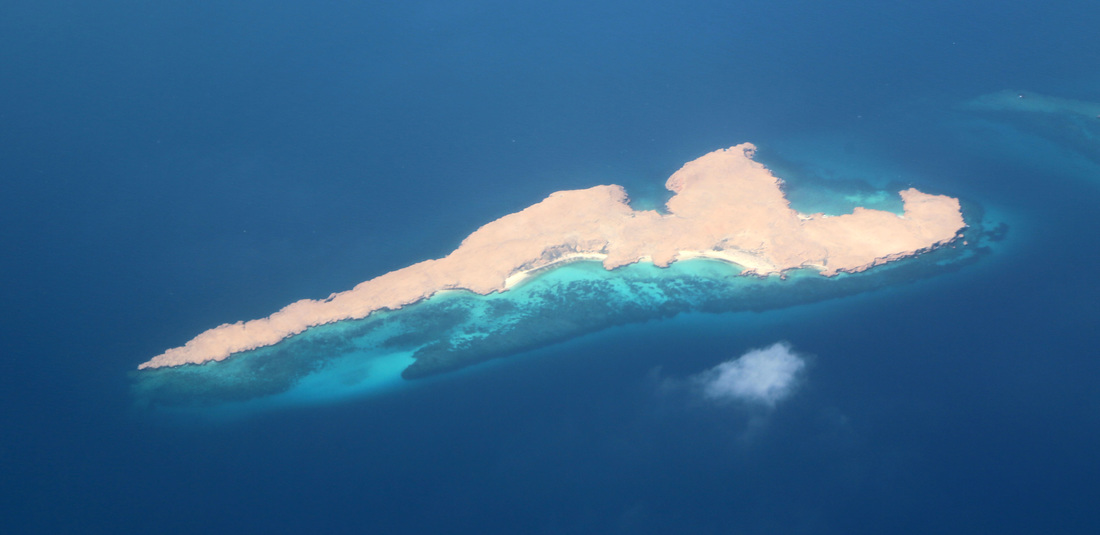

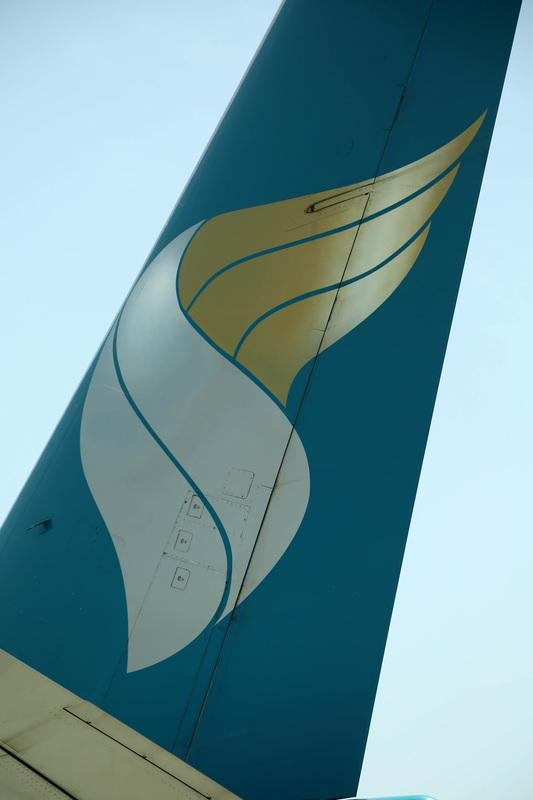









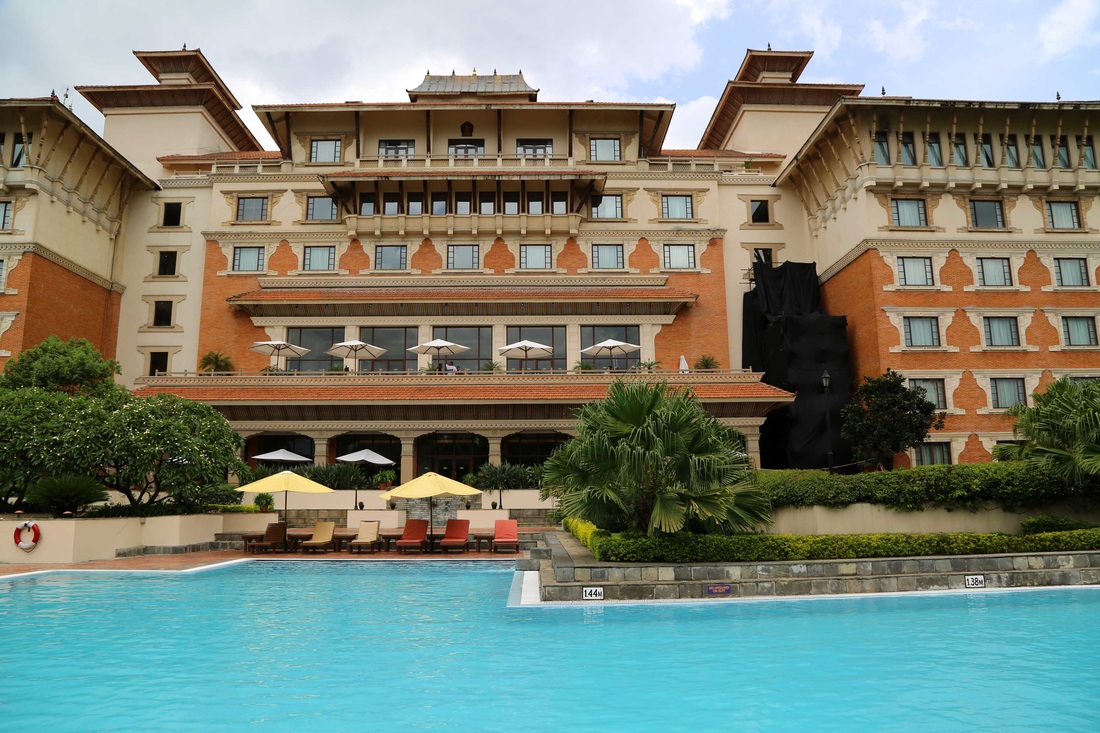
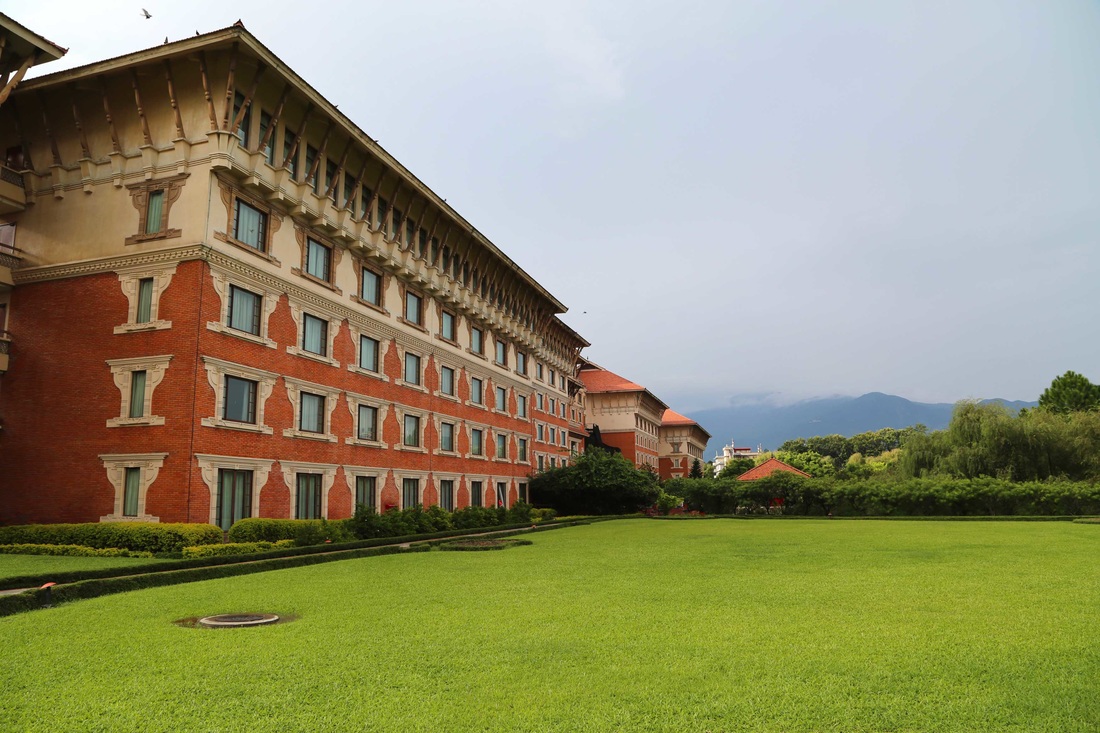

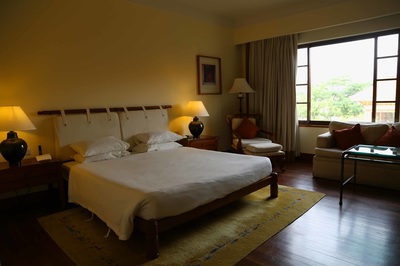










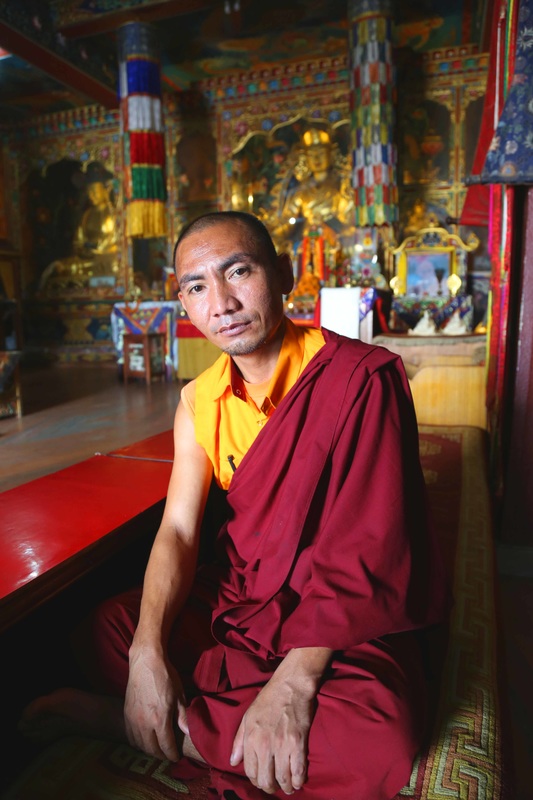
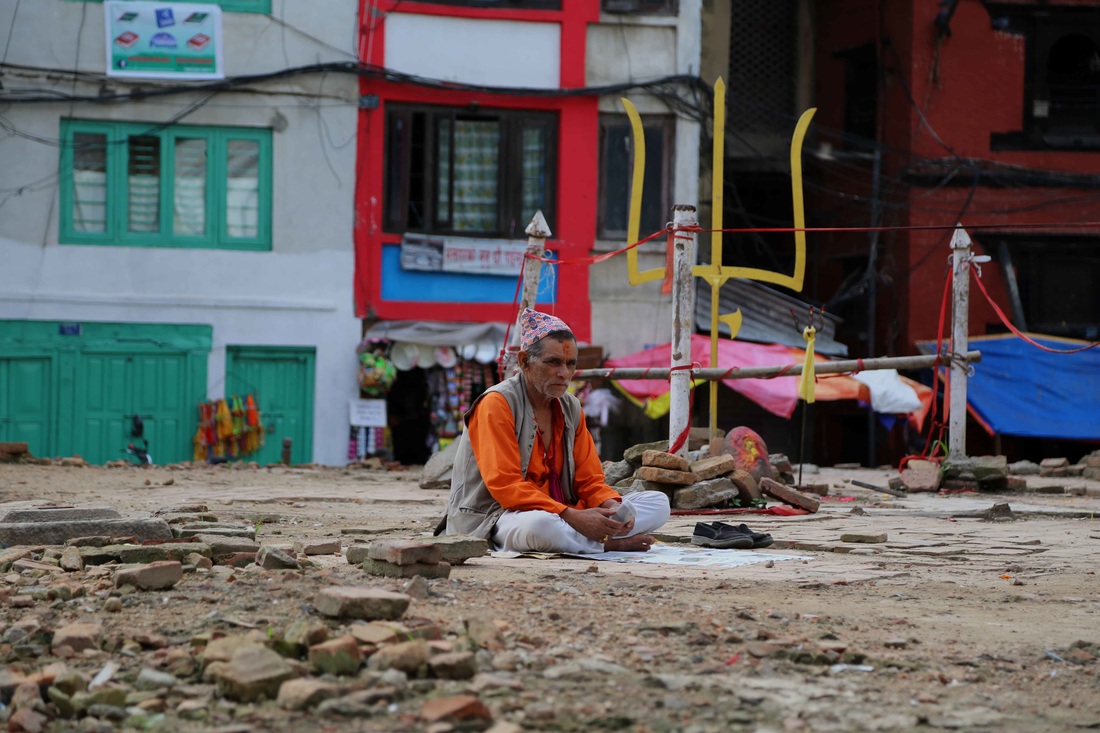
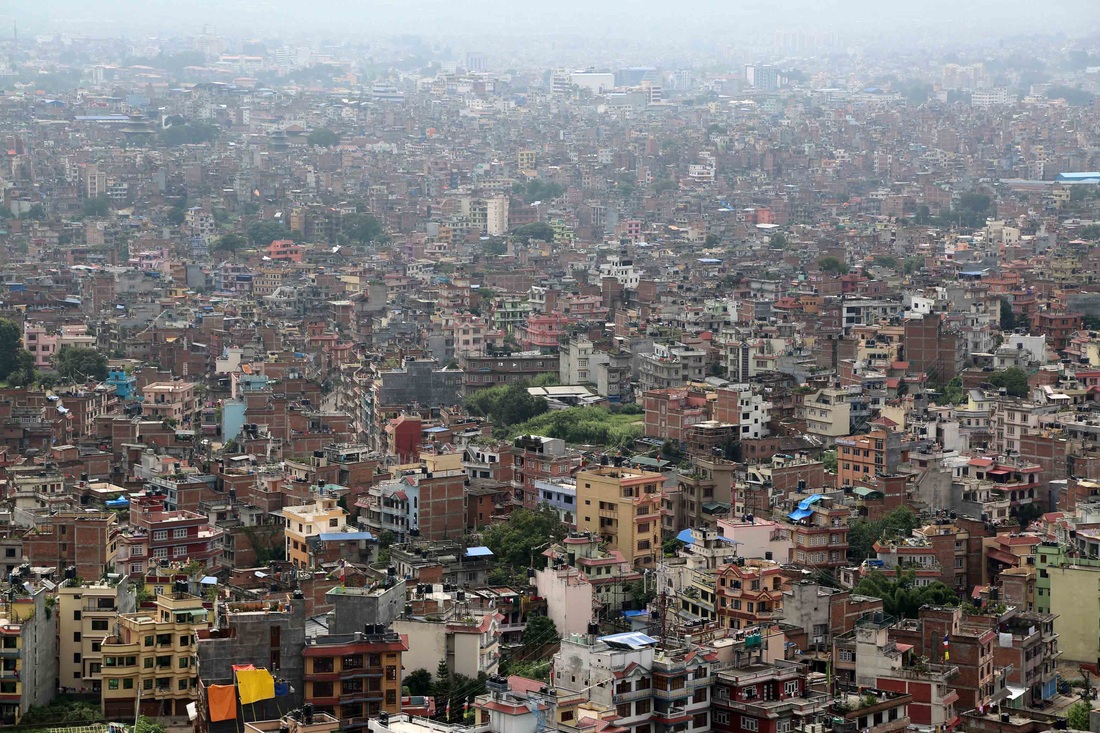





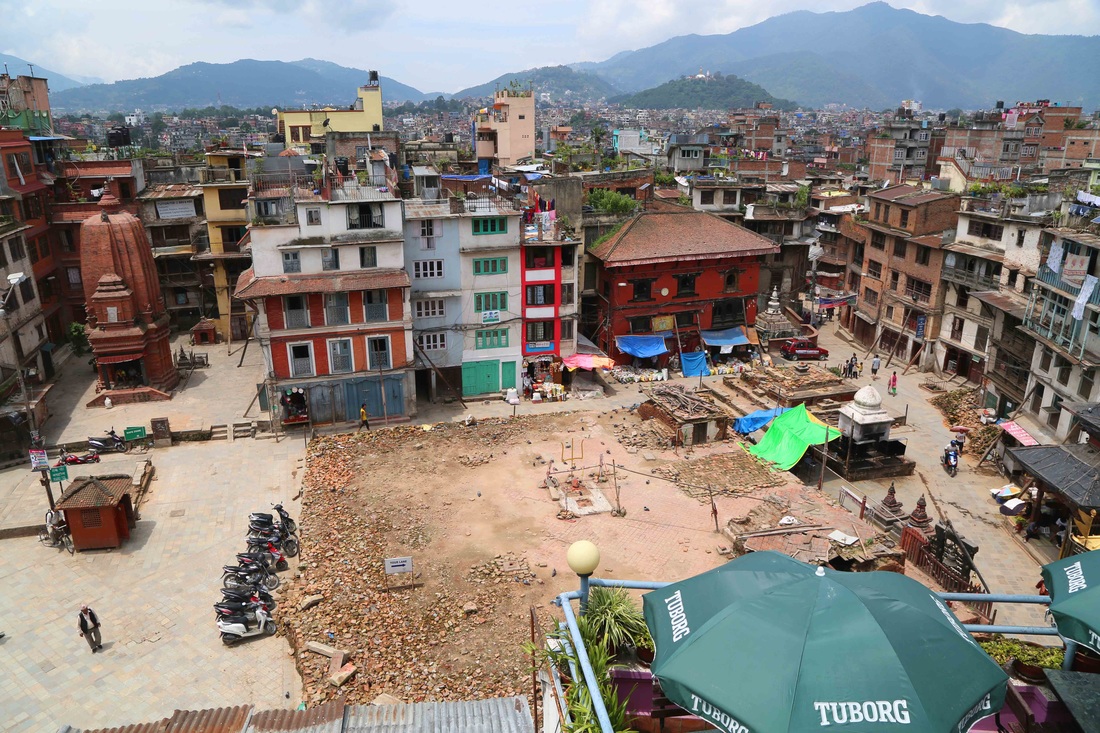



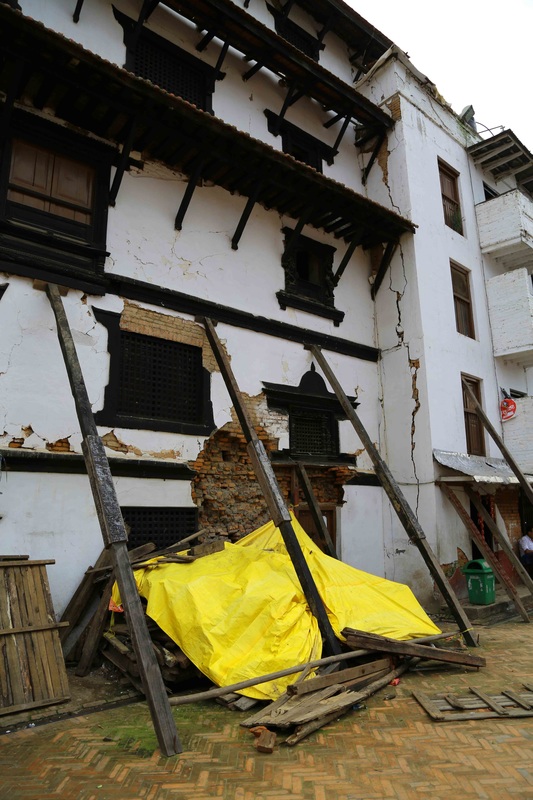

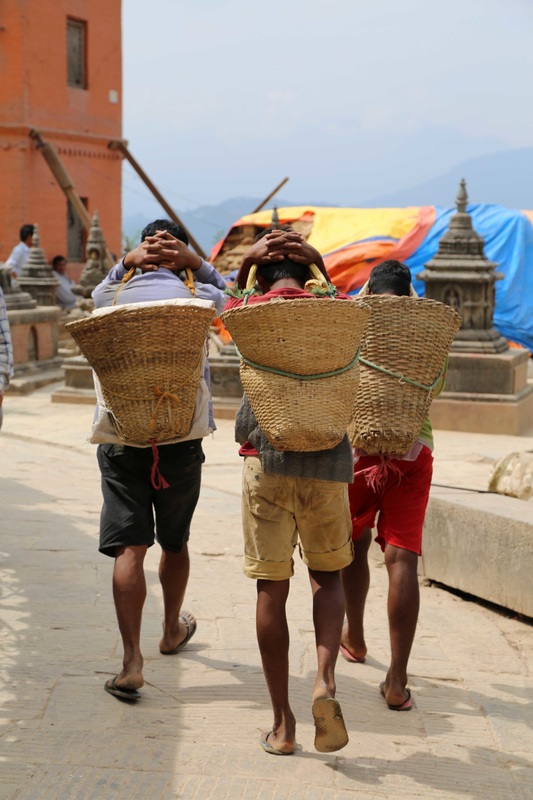





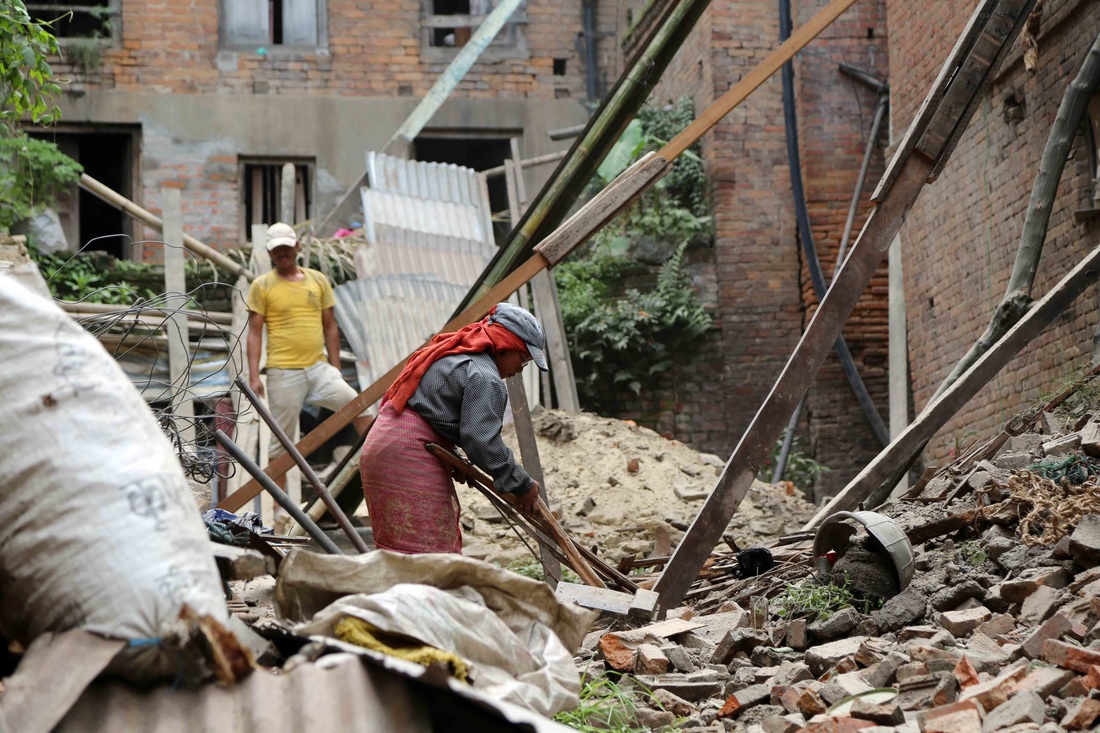



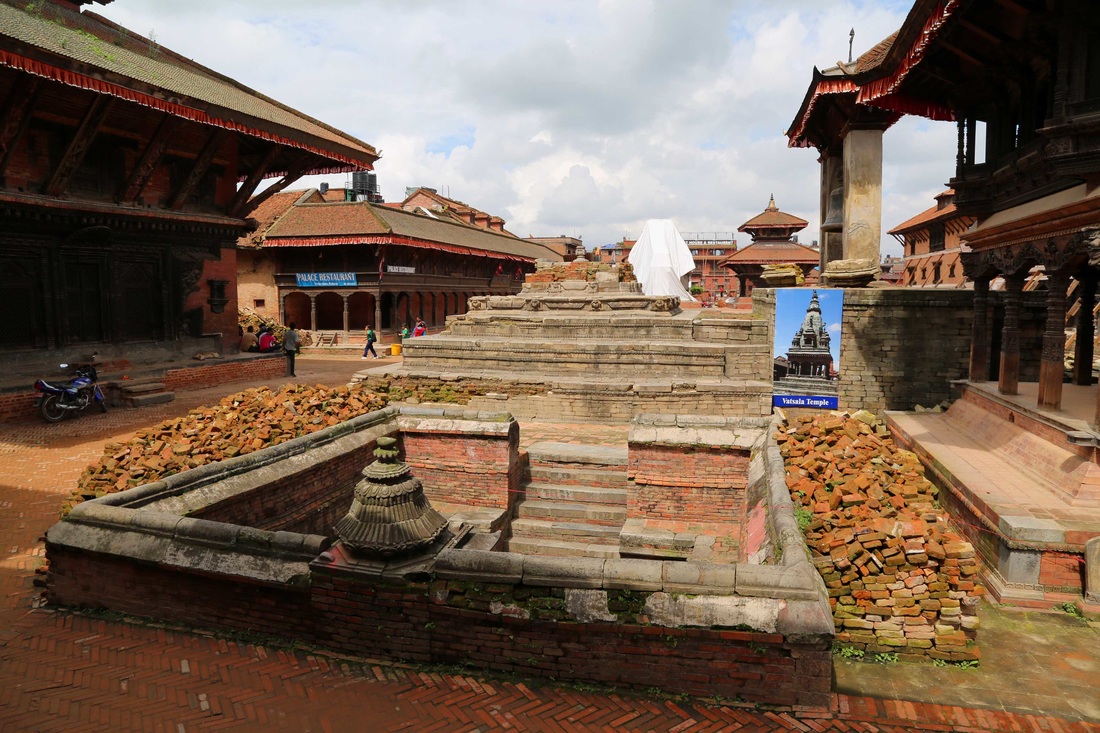




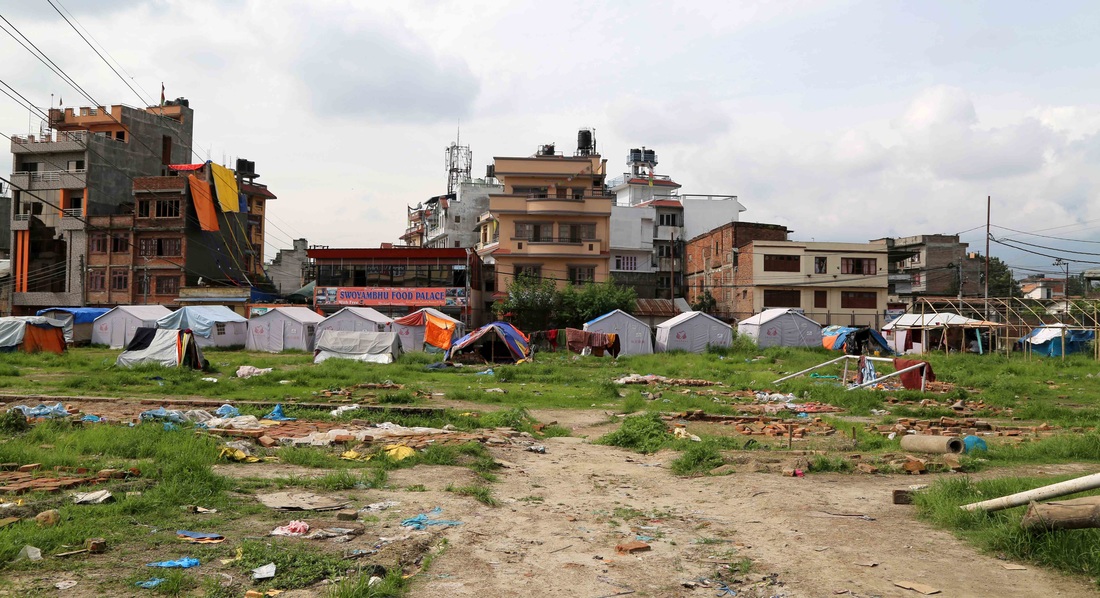


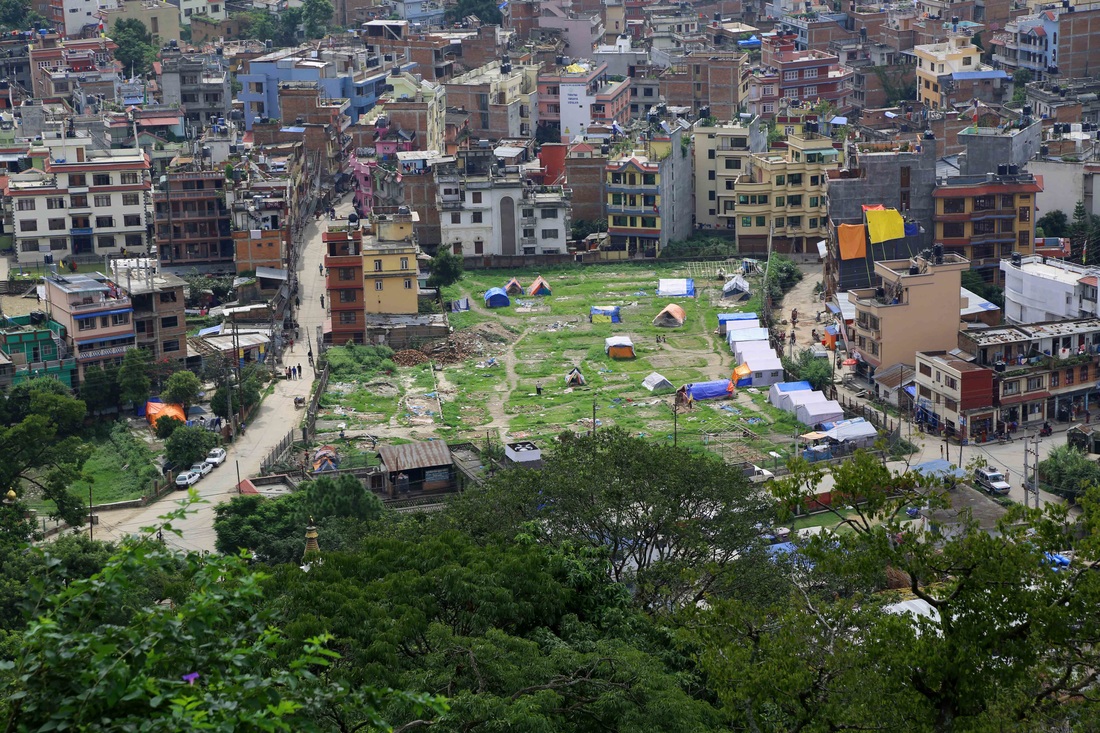





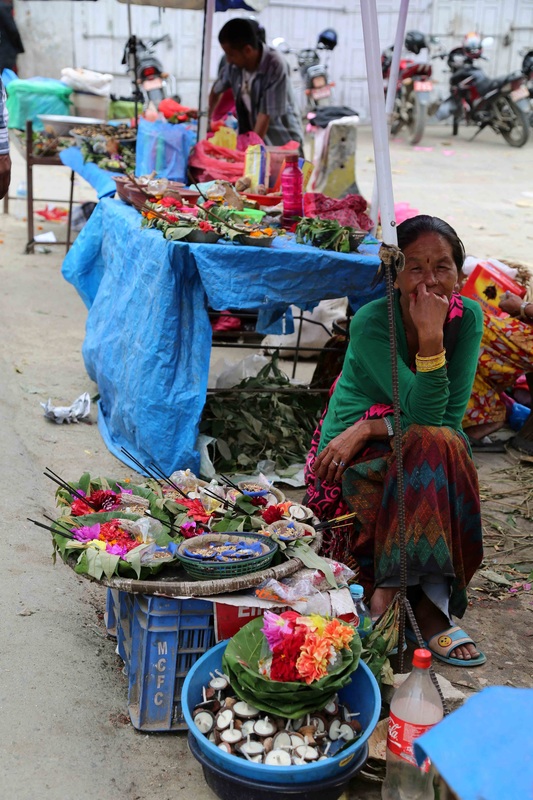



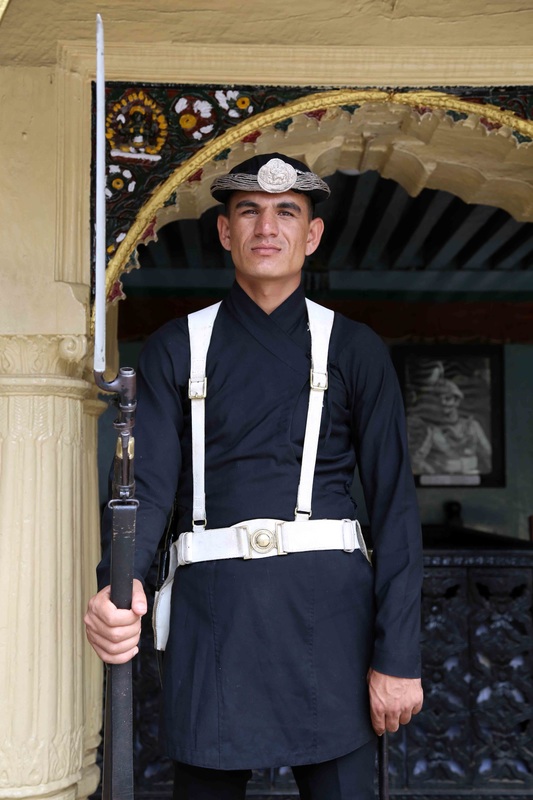
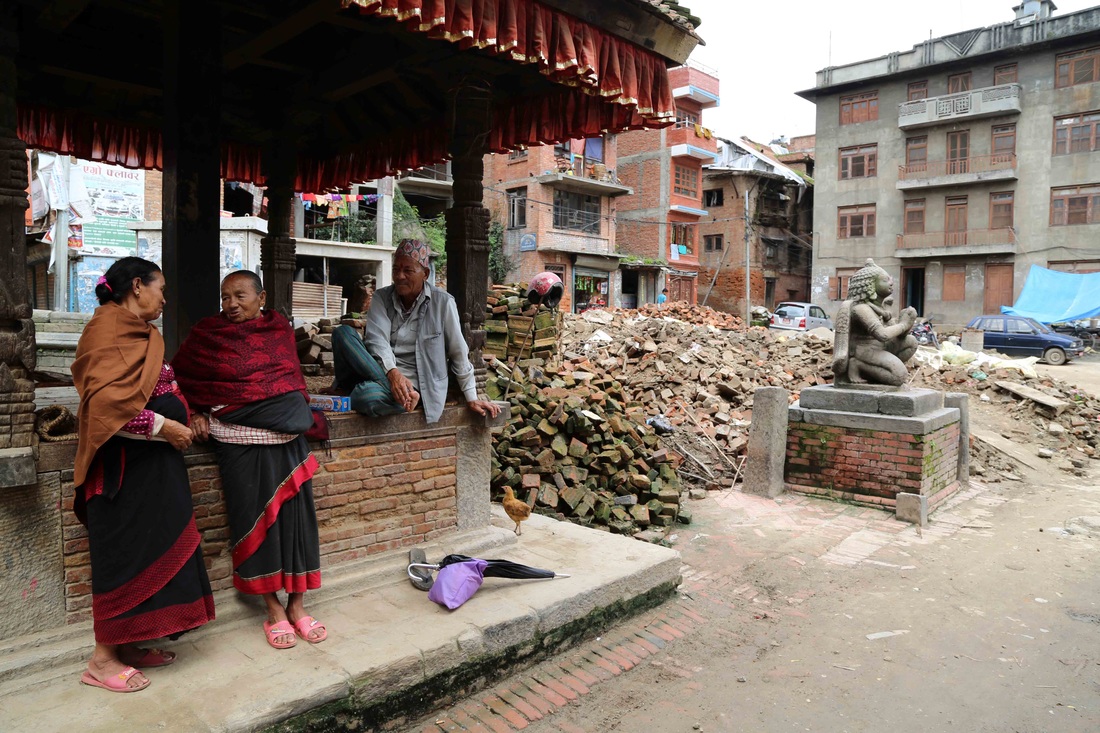






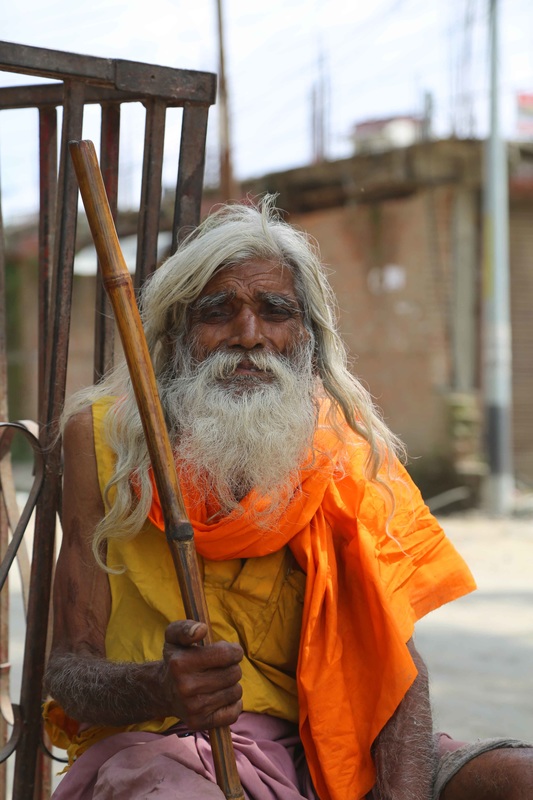








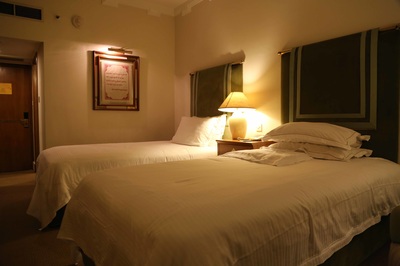
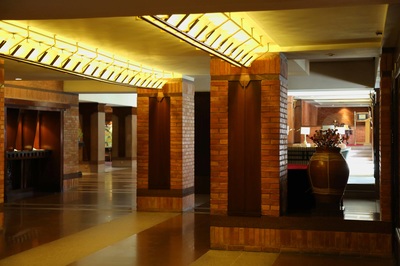






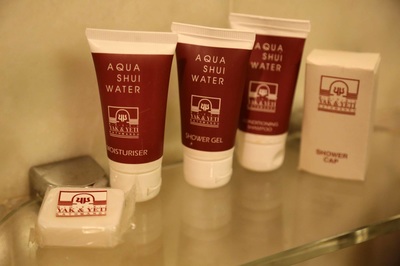
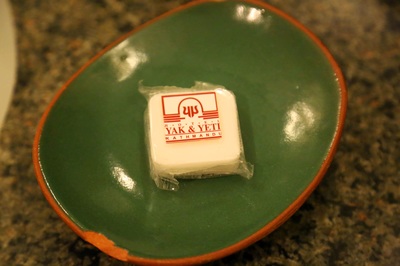


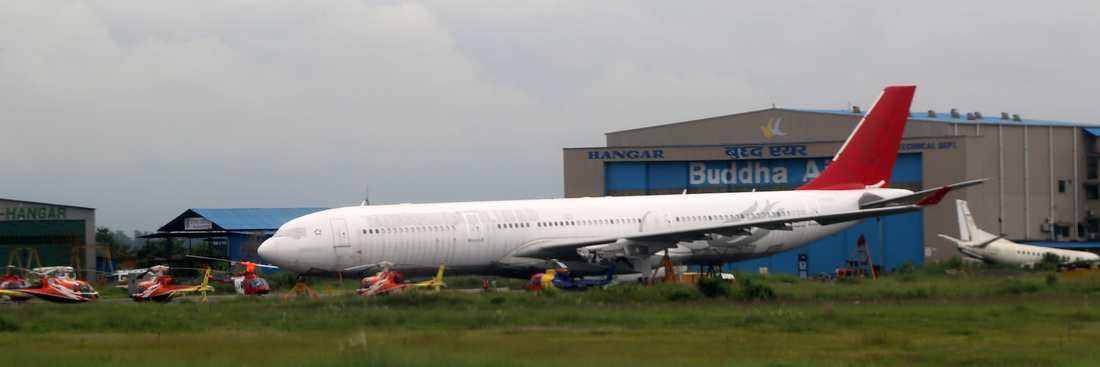


 RSS Feed
RSS Feed


